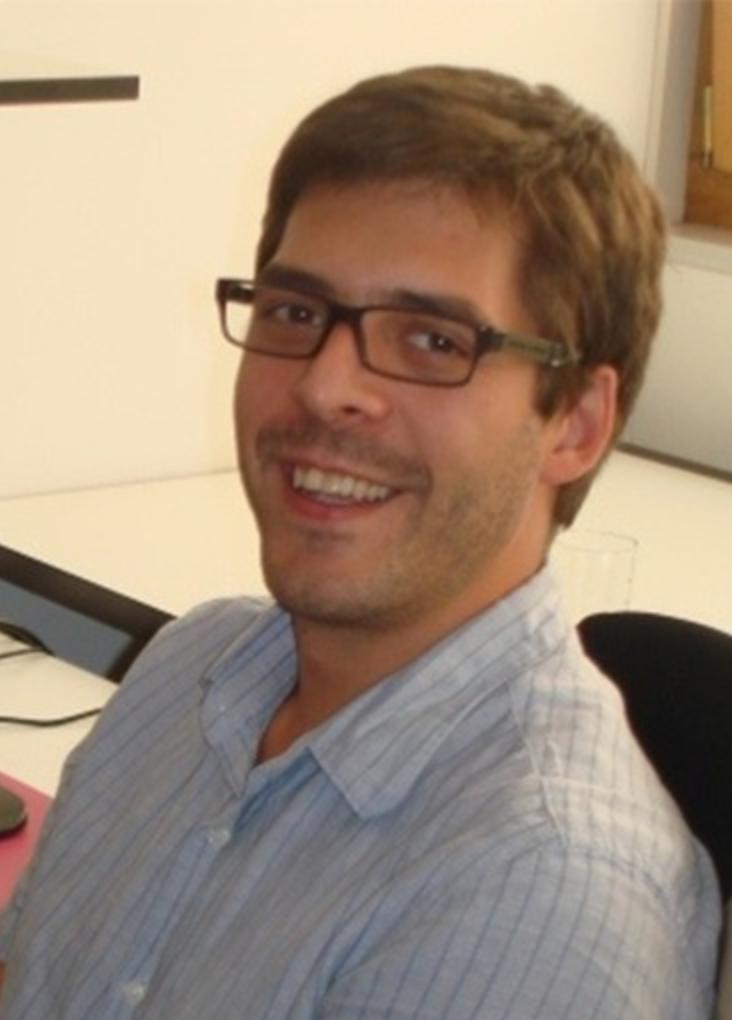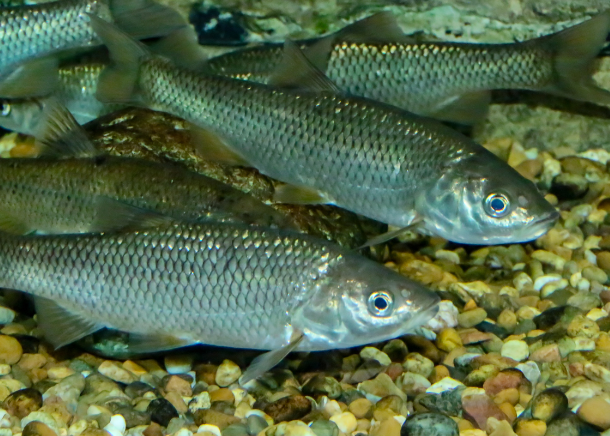Summary:
BACKGROUND: Today’s children are likely to grow up in an era where they will be encouraged to have their genome sequenced and included in their medical record. Besides being of medical relevance, however, every genome also holds unique information and clues about our past and our ancestors. We carried out a research project recently accepted in Nature in collaboration with Aboriginal Australian communities that relies on such information. In this study we report the sequencing of Aboriginal Australian genomes and characterize the population history of anatomically modern humans. We showed for example that the ancestors of Eurasians and Australians probably left Africa around 70’000 years ago and that Australians diverged from their closest neighbors - the Papuans - around 40’000 years ago before dispersing through Australia and becoming a set of unique, yet inter-connected, cultural groups. OBJECTIVES: As human population geneticists, one of our main research aims is to increase our understanding of how and when humans colonized the world once they left Africa. However, our work will have little impact if it is not shared. While our results are efficiently communicated to our colleagues, it often takes far longer to reach the general public. With this project our aim is to describe to a general audience what a human genome can tell us about our ancestors. For this, we will rely on the results of our recent study but also the general principles of our work including: (i) genomes can inform us about our origins, (ii) anatomically modern humans dispersed from Africa across the world and reached Australia around 40,000 years ago, (iii) Aboriginal Australians have been and still are a vulnerable population whose relationship with Europeans is complex. Finally our goal is also to implicitly show that computational biology is fun and that anyone can become a scientist - irrespective of gender for example. METHODOLOGY & TARGET GROUP: Because we believe that artistic expression is one of the best ways both to convey a scientific message and to reach the widest possible audience, we plan to produce a theatre play that will be based on the results of our recent study. The play will be written and played by a team including a professional playwright, a science writer, actors and a director. To incorporate accurate and relevant anthropological information we will consult Swiss ethnography museums. Once produced, it will take place both nationally and internationally at museums in Geneva and Paris. While the play is intended for the general public, we will make it especially accessible for children, who will be our principal audience. Moreover, we will organize “wine & science”/”cookies & science” events taking place after the shows to which guests including scientists as well as Aboriginal Australians will be invited. They will discuss with the public the population genetic results of our study as seen by both the scientists and the Aboriginal Australian community, but also general genetics questions relevant to timely political events in Switzerland and the rest of Europe.RELEVANCE: The aim of our project is to raise awareness in the next generation of citizens - amongst whom will be scientists, lawmakers, doctors, etc. - on the unique scientific information held within our DNA, as well as well as to discuss questions such as: Where do we all come from? And who are our ancestors?
Funding Institution:
Swiss National Science Foundation (SNSF).
Partners:
Project leader: Anna Sapfo-Malaspinas, University of Lausanne, Switzerland.
Project team: Eske Willerslev, University of Copenhagen, Denmark; Evelyne Heyer, Muséum National d'Histoire Naturelle Musée de l'Homme, Paris, France; Laurent Excoffier, University of Bern, Switzerland.



